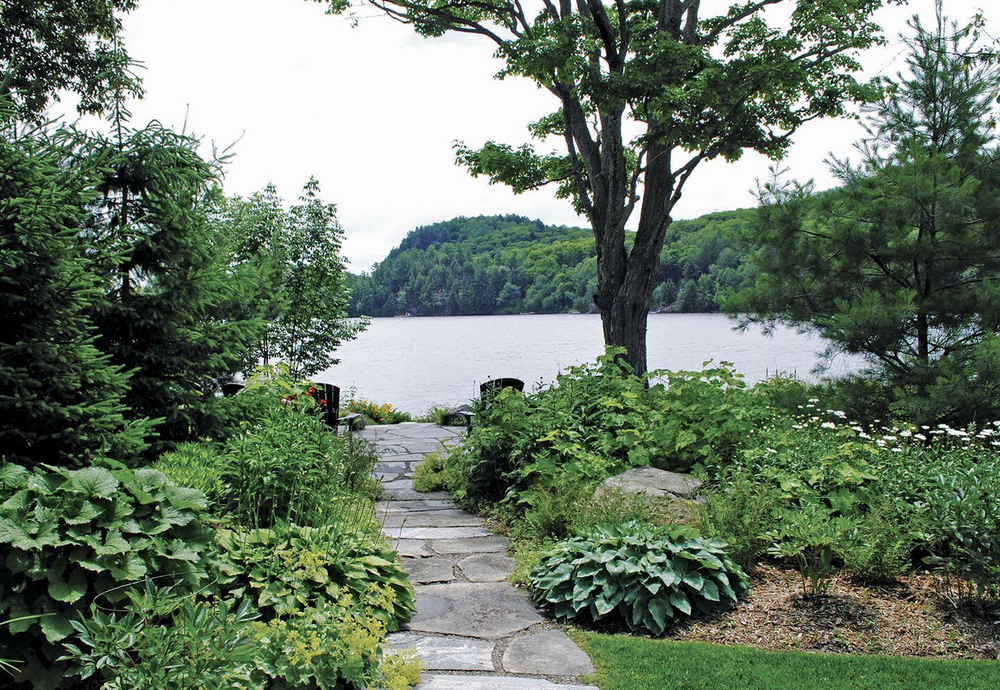
Owning a lakefront property brings unparalleled tranquility and scenic beauty. However, as a property owner, you may encounter questions about managing the vegetation, particularly when it comes to trees. Whether you’re considering clearing trees for a better view, safety concerns, or landscape enhancement, it’s essential to understand the regulations and ecological implications involved. In this comprehensive guide, we’ll delve into the factors to consider when contemplating tree removal at your lakefront property.
Understanding Regulations
Before embarking on any tree removal endeavor, familiarize yourself with the local regulations governing vegetation management. Many areas have stringent guidelines, especially concerning lakefront properties, to preserve the natural ecosystem and prevent erosion. Depending on your location, you may need permits or approvals from relevant authorities before proceeding with tree removal.
Environmental Impact Assessment
Removing trees can significantly impact the ecosystem surrounding your lakefront property. Trees play a crucial role in stabilizing soil, preventing erosion, providing habitat for wildlife, and maintaining water quality. Conducting an environmental impact assessment is essential to evaluate the potential consequences of tree removal on the local ecology. Consider consulting with environmental experts or arborists to assess the ecological footprint of your proposed tree removal project.

Safety Considerations
While trees enhance the aesthetic appeal of your lakefront property, they can also pose safety hazards, especially during severe weather conditions. Dead or diseased trees are particularly prone to falling, posing risks to life and property. Assess the health and structural integrity of trees on your property regularly to identify potential hazards. If a tree poses an imminent danger, prioritize its removal to ensure the safety of occupants and visitors.
View Enhancement vs. Ecological Preservation
One of the primary motivations for tree removal at lakefront properties is to enhance the view. While unobstructed views can increase property value and aesthetic appeal, it’s essential to strike a balance between view enhancement and ecological preservation. Consider selectively pruning trees rather than outright removal to maintain habitat diversity and ecosystem integrity. Moreover, preserving vegetation along the shoreline helps prevent erosion and maintain water quality.
Consulting with Professionals
Tree removal is a complex undertaking that requires careful planning and execution. Consulting with certified arborists, landscape architects, and environmental specialists can provide valuable insights and ensure compliance with regulations. These professionals can assess the health of trees, recommend appropriate pruning techniques, and help develop a sustainable vegetation management plan for your lakefront property.
Alternative Landscaping Solutions
If tree removal is necessary for safety reasons or landscape enhancement, consider incorporating alternative landscaping solutions to mitigate ecological impact. Planting native vegetation, constructing erosion control measures, and installing buffer zones along the shoreline can help offset the loss of trees and promote ecosystem resilience. Explore creative landscaping options that blend aesthetic appeal with environmental stewardship.

Community Engagement
Lakefront communities often have shared interests in preserving the natural beauty and ecological health of the area. Engage with your neighbors and local community organizations to discuss tree removal plans and seek input on sustainable vegetation management practices. Collaborative efforts can lead to consensus-driven solutions that balance individual property rights with collective environmental responsibility.
Long-Term Maintenance
Tree removal is not a one-time event but rather a component of long-term property maintenance. Implementing a proactive vegetation management plan that includes regular tree inspections, pruning, and replanting is essential for preserving the health and beauty of your lakefront property. Monitor changes in the landscape over time and adapt management strategies accordingly to ensure sustainable stewardship.
Conclusion:
Removing trees at your lakefront property is a decision that requires careful consideration of ecological, regulatory, and safety factors. By understanding the environmental impact, consulting with professionals, and engaging with the community, you can navigate tree removal responsibly while preserving the natural beauty and ecological integrity of your lakeside retreat. Remember, maintaining a harmonious balance between landscape enhancement and ecological preservation is key to enjoying your lakefront property for generations to come.
Posted by Scott Freerksen “The Lake Guy”
